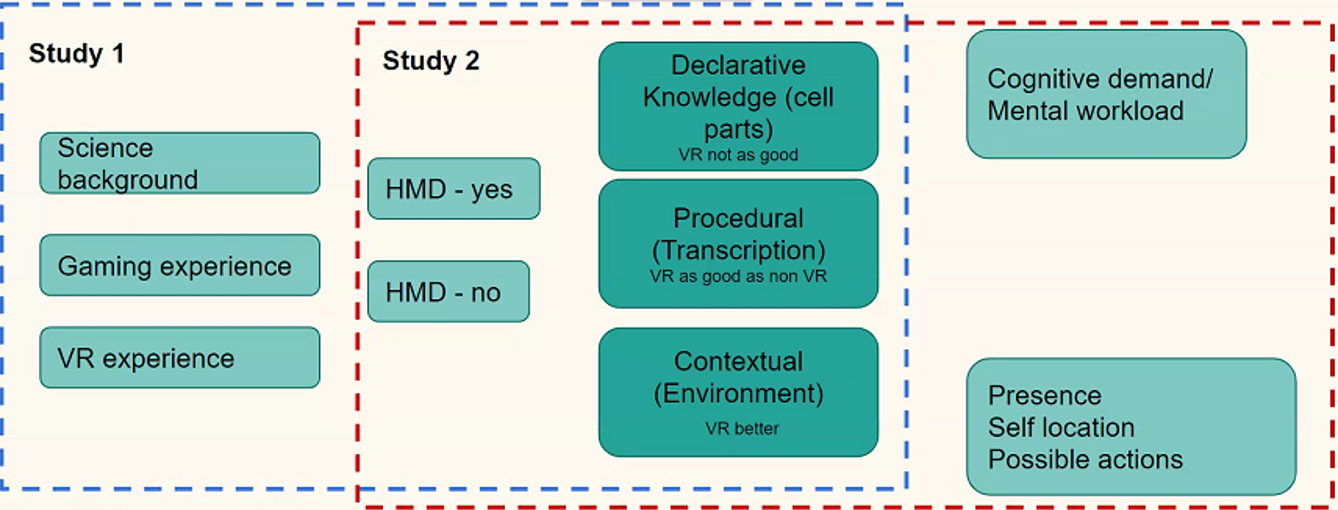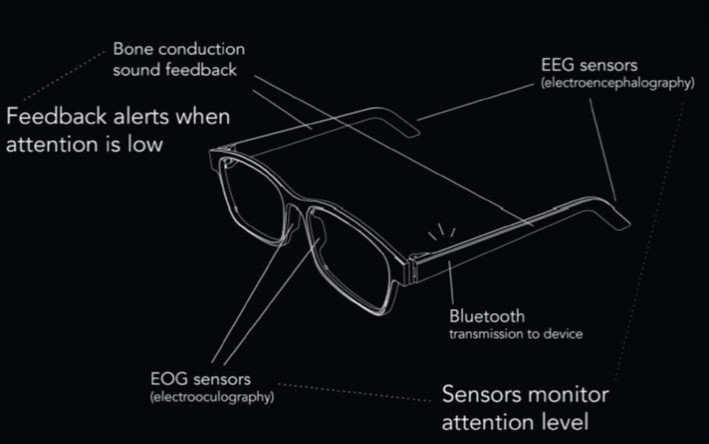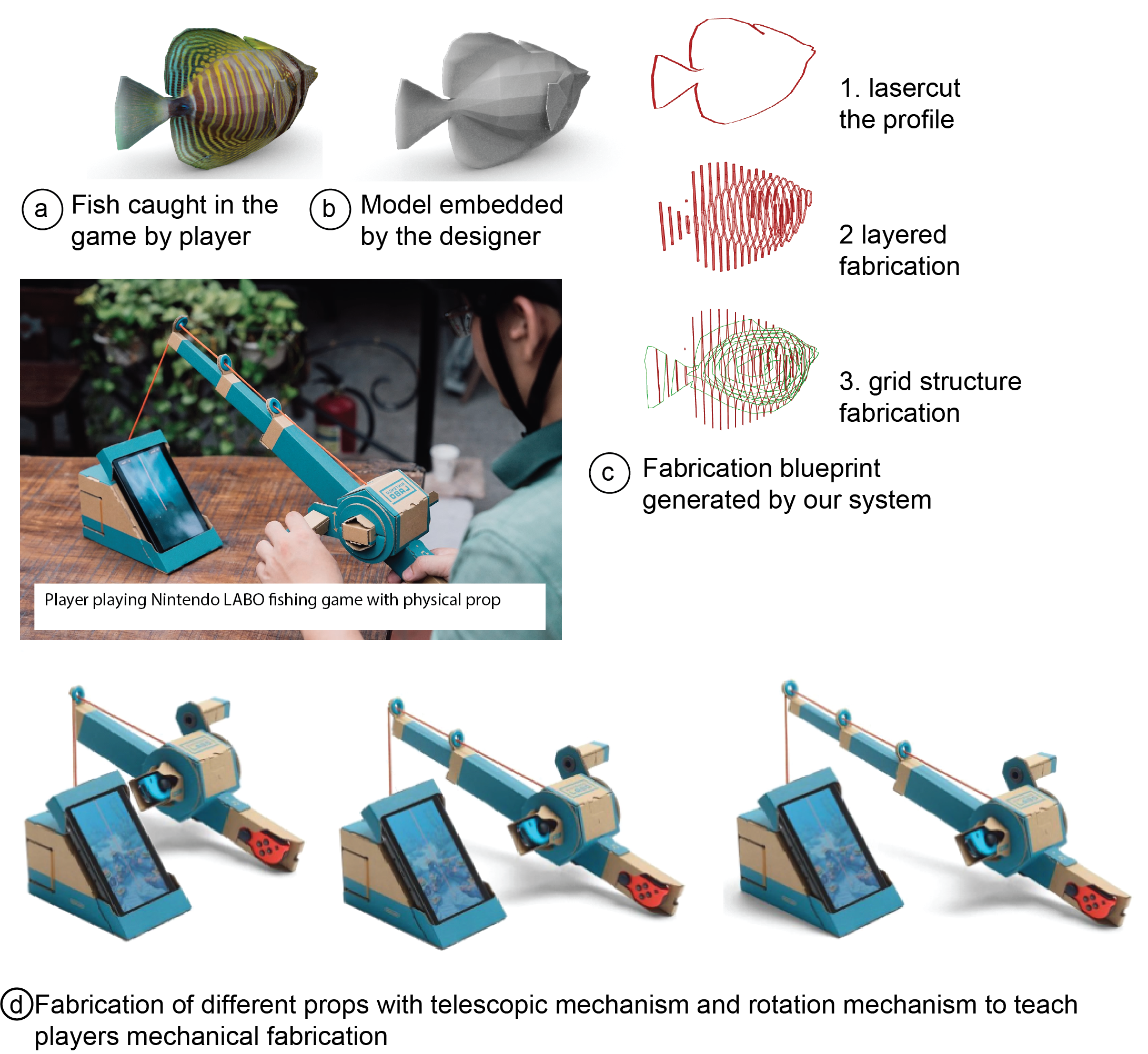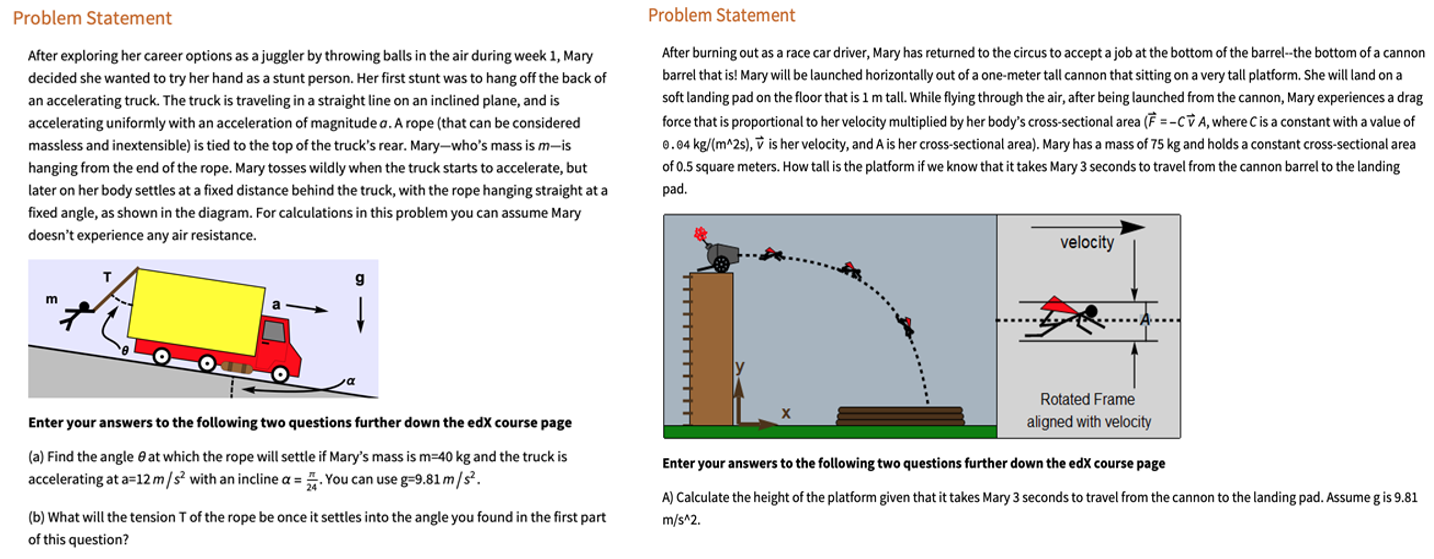
The MIT Integrated Learning Initiative (MITili) has provided nearly $500K in funding this year to five research projects. MITili recently met with each team to inquire about the progress of their research, discuss ways their findings can be shared at the end of the year, and consider any collaborations that might grow through cross-team discussions. The following report includes the original abstract as well as a brief summary of the research team’s progress to date. We are excited to follow up with the teams again later in the coming months as their projects come to an end. In the meantime, you can sign up for our monthly newsletter to learn more about our research.
Understanding the impact of integration policies in New York City Public Schools – Professor Josh Angrist and Clemence Idoux (Economics)
Abstract
Almost 70 years after “Brown v. Board of Education” ruling, NYC's public schools remain largely segregated. More than half those schools enrolled student populations consisting of 90 percent or more black and Hispanic students. In response to this challenge, two NYC districts (D3 and D15) have launched ambitious integration policies in 2019. Brooklyn’s District 15 has eliminated school screening criteria and set aside 52 percent of the seats in each school for students who are low-income. District 3’s schools still screen students but they set aside 25 percent of seats for students who come from low-income families, struggle on state tests, and earn low report card grades. Those plans generate interesting hypotheses about the links between improving diversity and academic achievement. Professor Angrist and his team will analyze the consequences of these integration policies in terms of application choices, matriculation decisions, and subsequent academic achievement. Given the scale of the plans and the availability of detailed application data, this constitutes a unique opportunity to analyze comprehensively the consequences of modern integration plans which have been receiving increasing attention.
Update
Professor Angrist and his team have been working with the NYCDOE to transfer application, admission, enrollment and performance data for the 2013-2019 school years. As a preliminary step to the analysis, the team has carried out the replication of the students to schools’ match for the years 2015 to 2019 with the guidance of the NYCDOE. The team’s next step is to analyze the changes in application and enrollment behaviors in both districts, while waiting for the results of the NYC State tests given in the Spring which will allow to evaluate the plans’ impact on academic achievement.
Research exploring virtual experiences and learning (REVEAL) – Professor Eric Klopfer and Meredith Thompson (MIT Education Arcade)
Abstract
VR in itself does not “create” better learning. VR creates new opportunities for learners to represent and interact with ideas, and expands the reach of the classroom. To optimize the affordances of VR, Klopfer and his team will consider two central questions: (1) When does VR enable more effective learning than traditional methods of presenting biology and Business As Usual (BAU) experiences (2) How might we understand how and when to use VR for different types of learning experiences?
The study will focus not only on whether VR is an effective tool but also on the topics where learning gains are the greatest. The current research has established the “proof of concept” that VR can help learning. This study will improve learning effectiveness by understanding instructional differences in learning among VR and traditional instruction.
Update
As Research Scientist, Meredith Thompson, mentions in her book ‘Envisioning Virtual Reality: A toolkit for implementing VR in education’, “Virtual Reality (VR) is coming to education. The costs are falling and educational opportunities are expanding.”
To date, the research scientists have tested roughly 130 high school students using the ‘Cell-Verse’ VR program. They intend to test another 200 college students in the fall. One interesting observation is that students who have prior knowledge going in have better luck at navigating the VR cell. Prior knowledge is extremely helpful, but there may be a way to help students get familiar with VR and prepare for the special spatial relations. They are hoping to introduce more research in summer programs or perhaps during MIT’s Splash program or IAP program.

A second part of the study looks at cognitive load and presence and how they might be related to knowledge gain. The same learners data was used for this study. The researchers have them do ‘way-finding’ in the cell, ideally with performance tasks which include inserted multiple choice questions. After sutdents go into the game, they are asked to find various parts of the cell. Most students showed gains in their ability to identify cell parts following using VR rather than traditional learning.
Evaluating the effectiveness of real-time biofeedback to monitor and improve ability to sustain attention – Professor Pattie Maes and Nataliya Kosmyna (MIT Media Lab)
Abstract
Professor Maes and her team will use a pre-produced system called ‘AttentivU’, a device in a longer-term study with middle and high school children during home-based schoolwork, to evaluate whether biofeedback helps them focus, improves comprehension of the material as well as school performance. The team will additionally test whether extended use of the system improves their natural ability to be attentive and whether effects last when the student is no longer using the device. The team hopes to recruit 45 children (neurotypical and some with ADHD) aged 12-18 years who will be assigned to an actual biofeedback, a random biofeedback, or a control group. Children will use the biofeedback device at home during three 1-hour sessions each week for a period of 8 weeks. The sessions will include 2 types of tasks, video lectures and/or a reading task, for flipped classroom courses. For evaluation, the team will use the Child Behavior Checklist (CBCL), objective metrics to measure comprehension of the material in the video lectures/readings, subjective feedback from the participants, their caregivers and teachers as well as high density EEG for brain imaging before, during and after the 8 weeks.
Update
AttentivU has been used for various scenarios: learning, driving, and focus. The most salient example of how AttentivU has been used for learning is for students in class who feel their attention waning, they put the glasses on to help bring them back to attention. The glasses can also connect to smartphones and disable notifications when students are focused on sustained tasks such writing a paper. AttentivU glasses seem to be more effective when the body experiences vibrations in an unexpected area: for instance, the ears normally receive auditory feedback but not vibration, so when the AttentivU glasses frames vibrate near the ears, the wearer is more likely to pay attention than if the device vibrated near their hands. Besides helping to improve attention, such neural feedback can also possibly lessen the symptoms of ADHD.
They are looking into updating to fMRI tests on several participants which would help provide better data.

Evaluation learning effectiveness of dynamically generated tutorials for acquiring skills in physical prototyping (laser cutting, 3D printing) and electronics (breadboarding, circuits) through virtual / physical gameplay – Assistant Professor Stefanie Mueller and Dishita Turakhia (CSAIL)
Abstract
Assistant Professor Mueller and her team will measure the learning effectiveness of a new type of learning environment, in which learners acquire skills in physical prototyping (laser cutting, 3D printing) and electronics (breadboarding, circuits). Their work is motivated by recent advances in virtual-physical game play, in which players use physical props as part of the game (e.g., a fishing rod made from cardboard + sensors is cast by the player to acquire virtual fish). While today these physical props are used to increase immersion in the game, they are not used to teach players skills in fabrication and electronics. The key idea behind the work is to use the process of building the physical prop as a learning experience in which players acquire technical skills. The team imagines, for instance, that in an AR game, a player would collect all the parts necessary to build a spotlight, the team would then hope to show the following:
- Fabrication Skills: Upon unlocking the spotlight in the virtual game play, the game generates a tutorial for how to create a matching physical spotlight (e.g., using a laser cutter). Once the player fabricated the physical spotlight and holds it in his/her hand, the game engine registers the spotlight (e.g., by tracking a fiducial marker engraved on the design) and it becomes available in the virtual game. This now enables the player to uncover items in the AR game that were ‘hidden in the dark’ when the player swipes the physical spotlight across a space in front of him/her.
- Electronics Skills: After using the spotlight for a while, the game notifies the player that the spotlight is always on and the player is running low on virtual battery power. The game next instructs the player to add an on/off button and provides a tutorial for how to accomplish this using the Arduino electronics toolkit. After the player finished wiring, the game registers the button as part of the virtual game play and the player can now turn the spotlight on/off in the virtually world, saving battery power.
Update
Many game kits developed today, such as Nintendo LABO involve assembly of physical props that get used in the game-play. These game kits offer a unique opportunity to enable learning of maker skills and prototyping skills. However, in their current state, these game kits involve only assembly of pre-designed props from cardboard before the game-play. In this project, we develop a "learning version" of one of the LABO games and demonstrate how these games can be converted into games for learning maker and prototyping skills. We first demonstrate how learning events can be embedded in the game-play in a personalized and adaptive way. We have also built a Unity Plug-in UI for game developers to embed learning events into regular games that can automate generation of fabrication blueprints for players. Finally, we run a user-study to evaluate the game-play experience and learning gains in one of our prototype games. Our vision is that in future, fabrication features would be integrated within the game-play and multitude of games would teach players various maker and prototyping skills in a personalized and accessible way.

The impact of infusing computation and visualization into introductory physics subjects – Kyle Keane, Michelle Tomasik, and Peter Barendse
Abstract
Keane and his team will explore the potential benefits of utilizing computer programming and visualization to solve and understand undergraduate physics problems. The study will utilize a 2x2 factorial design to study how the independent variables of learning and computer programming and visualization affect the dependent variables of physics comprehension, comprehension of computer programming, and spatial reasoning. If the study’s hypothesizes are born out, such findings may be relevant beyond the realm of undergraduate physics. Chemistry, biology, mathematics, as well as other fields may find that they can boost subject comprehension by incorporating coding and visualization into their curriculum.
Update
Last fall Keane and his team ran the Physics MOOC (8.01.1) Introduction to Physics while successfully including visualization models for certain problem statements, offered only to a subset of students. The MOOC received too few students last fall to qualify for statistical analysis but was rerun this fall with the same groups (control and visualization methods). The visualization cues introduced included a short story line of “Mary” who adventurously found herself hanging from the back of trucks or being shot out of a canon to demonstrate physics problems (see below). Once again class attrition meant there wasn’t statistically significant data but they will continue the study through next fall.

One potential outcome is the development of a cohort algorithm which provides better-than-random assignment of incoming students to different treatment groups. The code they developed for this purpose is being made available to other educational researchers for use in their experiments. They are also currently preparing a paper on the development and use of this tool for publication, and are targeting journals in educational research methodology.